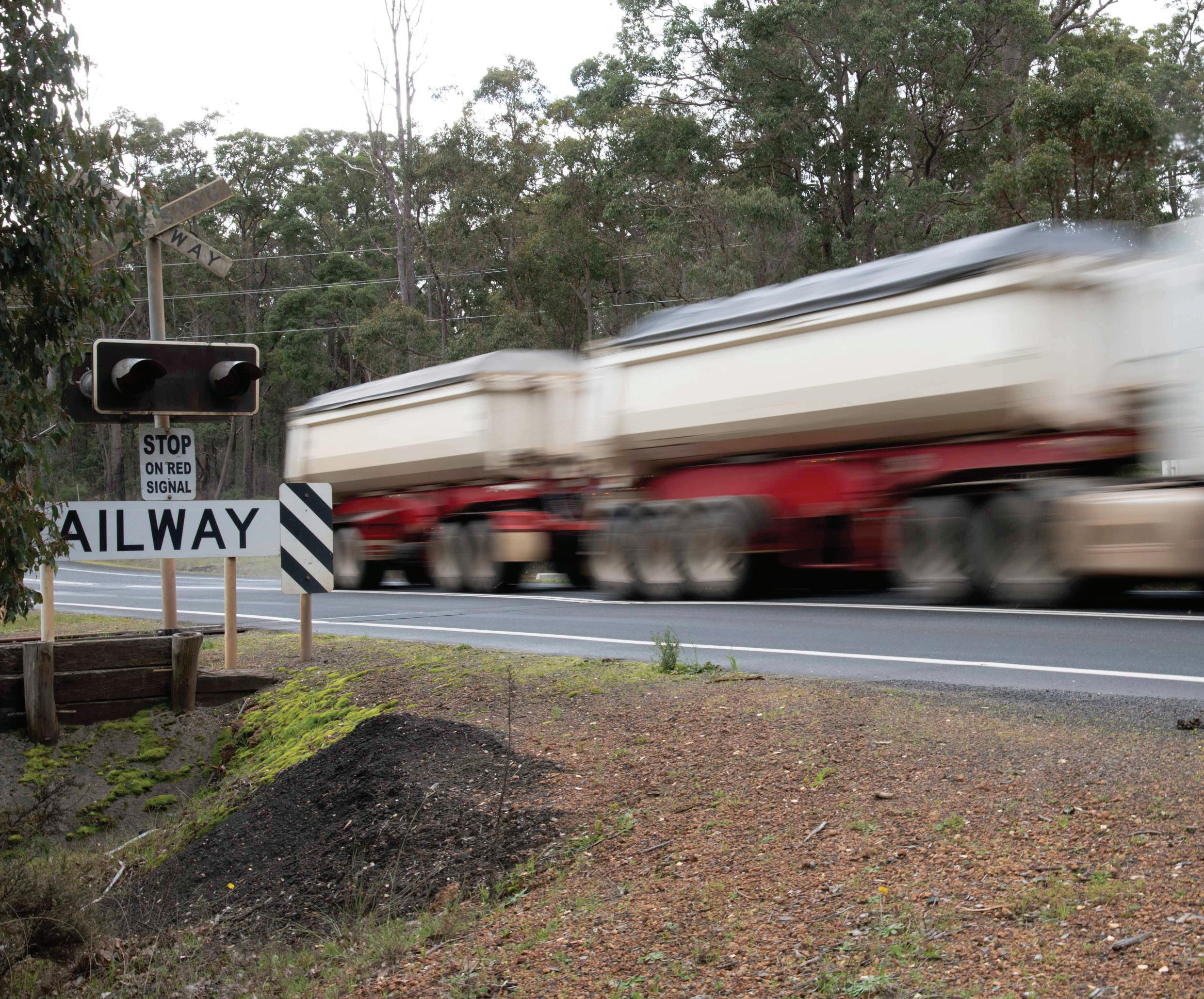
2 minute read
Rail feasibility study launched
Adesire for greater sustainability has seen Talison Lithium and the State Government commit $3.3 million each towards a year-long feasibility study into reopening the rail line between Greenbushes and Bunbury. The Talison-led study will examine the possibility of taking up to 200 trucks per day off the South Western Highway and transporting around 1.5 million tonnes of lithium mineral concentrate by rail instead.
“Talison Lithium is proud to be leading this work and looks forward to close engagement with its rail industry partners, Government, and most importantly the communities along the railway line,” said Talison Lithium CEO Lorry Mignacca
Advertisement
“We are committed to undertaking this study and are hopeful the results of the study will lead to decisions late next year to recommission the Greenbushes to Bunbury railway line which would take our product off the roads and assist with all our decarbonisation efforts.”
Officials from Talison and rail freight operator Aurizon told a meeting of Balingup residents on the 14th of August that the move would increase efficiency, reduce greenhouse gas emissions, and prevent road crashes.

But it will also solve Talison’s challenge of finding enough truck drivers to do the job.
Presently there are 135 truck movements a day transporting mineral concentrate to Bunbury. That’s expected to grow to 200 at the mine’s full capacity. Replacing that is expected to require up to six trains every 24 hours approximately 550 metres long travelling at around 70km/h on the roughly 80km long track.
There are 70 road crossings along the way and each one requires a risk assessment.
The meeting had mixed views on the potential move. One farmer was concerned about the impact of train noise and land clearing to recommission the line. However, others strongly supported the proposal, stressing the benefits of road safety and reduced greenhouse gas emissions, while also arguing that noise from trucks was also an issue. Talison said that any land clearing that was needed would follow government guidelines.
If the reopening of the line goes ahead, the locomotives would initially be diesels, but in the longer term Talison plans to use battery-powered ones.
These would use regenerative braking on downhill runs to recharge the battery, reducing carbon emissions.
They would also be quieter than diesels.
While Talison Lithium is contributing to the feasibility study, the line will remain government infrastructure and available to carry other freight, and even potentially tourist trains.
“Once the line is up and running you can put anything on it,” a Talison spokesman said.
Transport Minister Rita Saffioti welcomed the study
“The global demand for lithium continues to grow at a rapid pace, and that means we will continue to see production increase at mines like here in Greenbushes,” Ms Saffioti said.
“In the next five years, we’re expecting the number of truck movements to and from the Greenbushes Lithium Operation to increase to around 200 every day, which will further increase congestion on the road network.
“Whilst there are significant positives such as reducing congestion, cutting emissions and improving road safety, we need to understand in detail what would be required to recommission the train line and the associated costs.”
Warren Blackwood MLA, Jane Kelsbie, has welcomed the feasibility study.
“There are a number of significant benefits that would come with recommissioning the line including for road safety, job creation and supporting local industry and this study will help us understand the requirements to bring it back into service,” Ms Kelsbie said.










